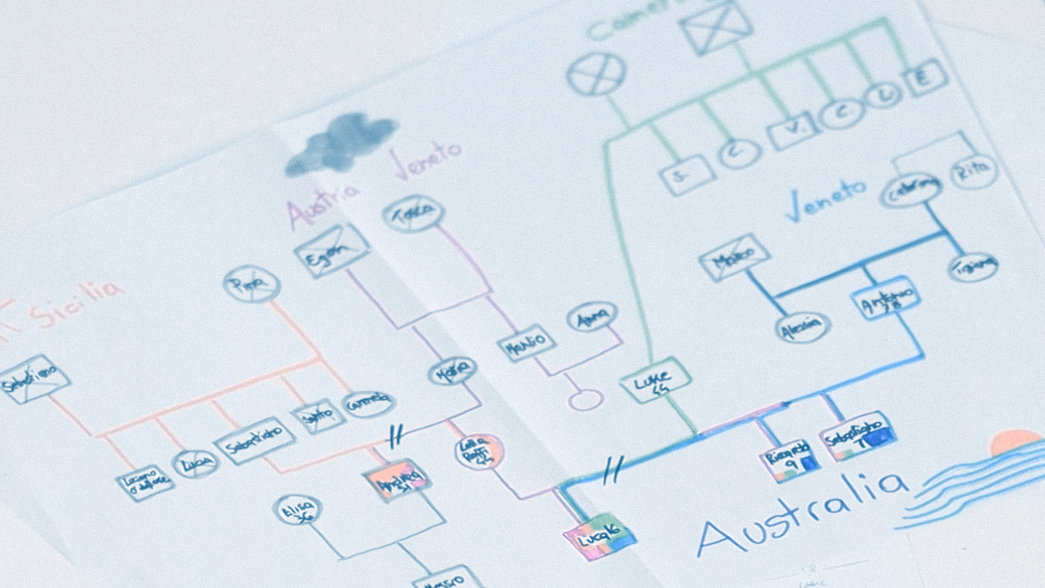The Andolfi Model
the bottom-up approach
In the construction of our multigenerational model, we have been profoundly influenced by the innovative ideas of first generation’ pioneers and innovators and we have incorporated these in our intergenerational work. The concept of the differentiation of self from family of origin (Bowen) the process of intergenerational intimidation (Williamson), the concept of invisible loyalties Boszormenyi-Nagy and Spark), and the idea of forgiveness and repair of bonds (Framo), are the foundations to understand the adult and his process of maturing inside his own family.
However, the child was only indirectly present in these theories which focused mainly on the “subsystems upstairs”. Our most original idea has been to add “another floor” to describe intergenerational therapy, the one belonging to children, and to start family exploration from the child moving up to the older generations.
Seeing the problem-child as a consultant has been an idea that the Andolfi developed from the 1990’s. In order to establish a special alliance with the child, it is useful to reframe his symptoms instead of labeling them and to find a relational meaning for his problems as soon as possible. Secondly, once the child is appreciated for his expertise, he can become a special guide to enter into his family’s emotional world. With his genuine help, relevant family events -losses, hostile divorces, betrayals, secrets, abuses, cut-offs, forced migrations, chronic diseases, gambling, additions- can be explored and the family can find the strength for a healthy repair of still open wounds.

The genogram is the map of the family world and provides a wonderful platform to start this therapeutic journey. Instead of exploring the family life cycle from the older generation down to the younger ones, we can explore family development “upside down” – from the bottom-up. From the present moment we can move to the past and, in the presence of the family, we can ask to the child “intergenerational questions” which refer to adversities experienced by parents or grandparents in their past history. The result of this intimate journey with the family is a real transformation of family emotional bonds and the disappearance of children’s problems which always represent the tip of the iceberg, while painful family issues and open wounds represent the submerged greater part of the iceberg.
Once the boundary of the family system is expanded, friends and community can be included in the therapeutic scenario too.